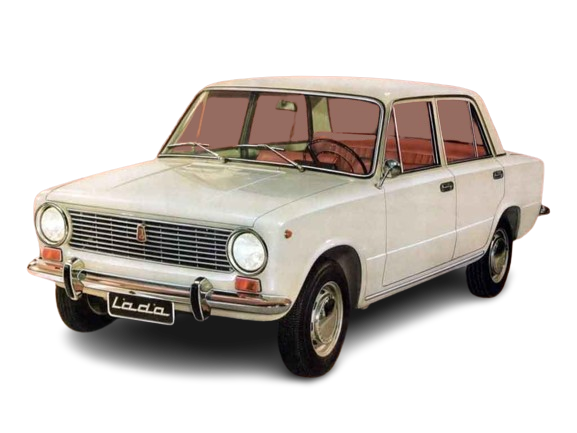“Firstborn” of the Volga Automobile Plant. It was developed by FIAT by order of the USSR based on the FIAT-124 model. It was further refined by Soviet engineers – it was they who created modifications 21011 and 21013.
The car was different from the original 124 model. The Italians installed a new engine with an overhead camshaft, changed the rear suspension, replaced the rear disc brakes with drum brakes, and strengthened the body based on the results of lengthy tests in the USSR.
Since the FIAT-124 was originally intended for European roads and operating conditions, when it was transformed into the VAZ-2101, great attention had to be paid to reliability. “Zhiguli” is distinguished by an improved gearbox design, a redesigned clutch, and a new cardan drive.
Initially, the VAZ-2101 was produced with a large share of imported components, but they were gradually replaced with Soviet analogues. The mastery of this model has made it possible to significantly boost related industries – for example, the production of lubricants and rubber products. Some of the components licensed under the FIAT deal were then used on other Soviet cars.
Albums
Two cars were produced by July 1966. In Italy they were demonstrated to the chief designer of MZMA, Alexander Andronov. Subsequently, they were sent by sea to Odessa, and from there to the NAMI Institute. Read more
The cars were distinguished by a new 1.2-liter overhead engine, developed by FIAT at USSR's request, rear drum brakes, new front seats with adjustable backrests, and a trunk lid with an automatic closer.
